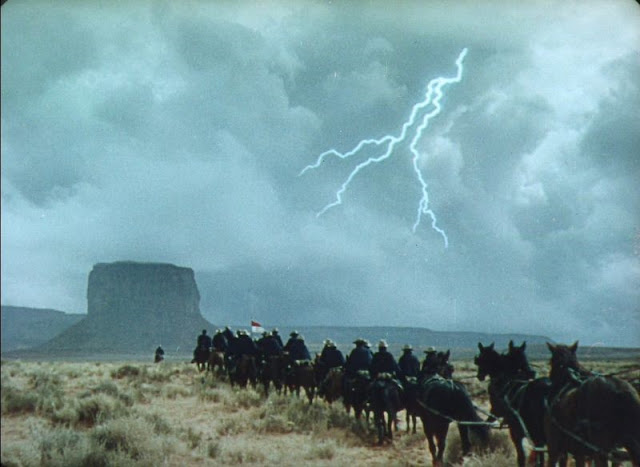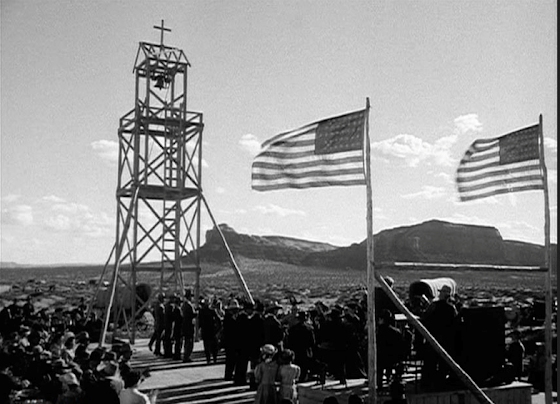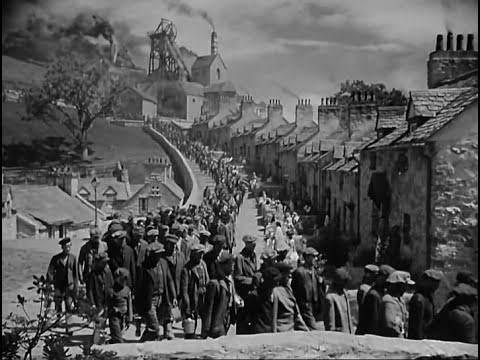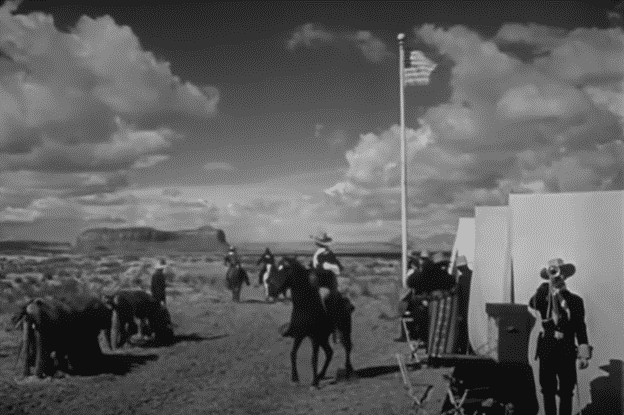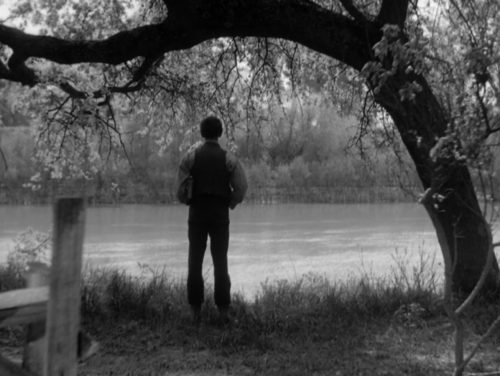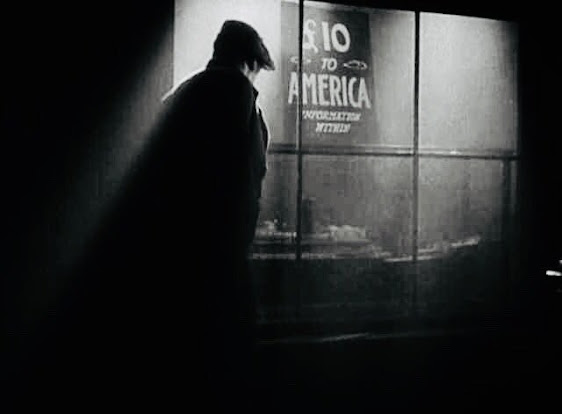The Quiet Man (1952)

John Ford’s ‘The Quiet Man’ Thematic Elements: The Quiet Man is viewed by many as John Ford’s most romantic film (if not one of his only ones). However, upon my viewing of the movie, I noticed the abundance of perspective and subjective rules and traditions that play a role. By the end of the movie, all the characters have mutual respect and admiration for each other. However, this was not always the case. But why? Mary Kate would not confirm the marriage until she received her dowry from her brother, which was to have been demanded by her husband. Will would not provide the dowry because he is upset at Sean for buying the land he wanted and for the townspeople tricking him. Sean doesn’t want to ask for the downy because he doesn’t see it as necessary for his union, and he doesn’t want to confront Will because he knows he’s capable of killing him if a fight were to ensue. All these characters let their personal values and/or traditions get in the way of each other’s happiness. On
